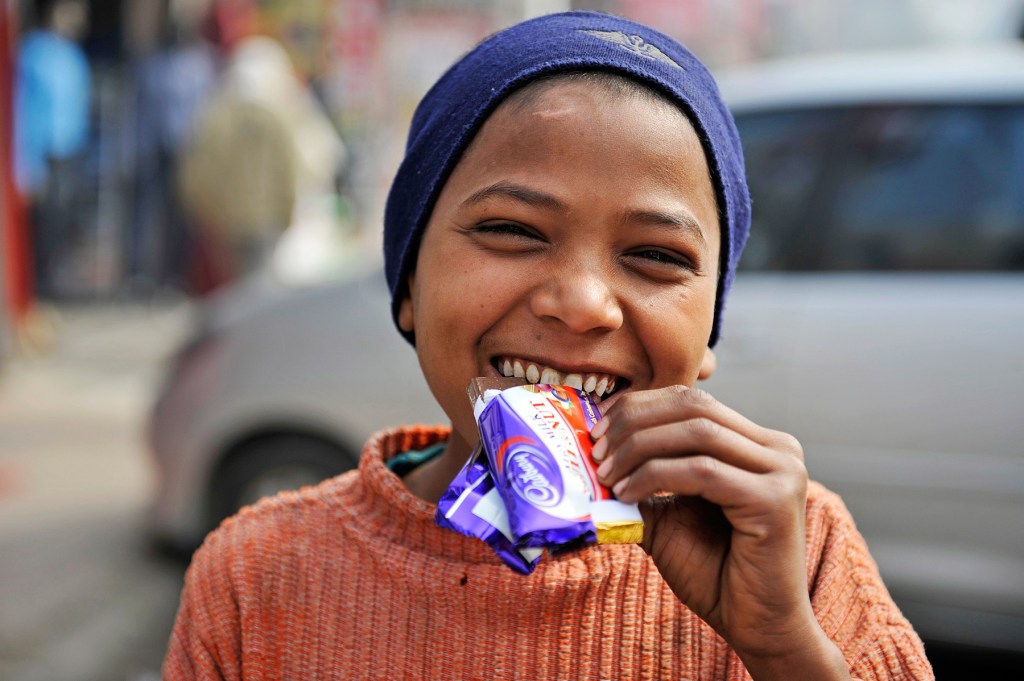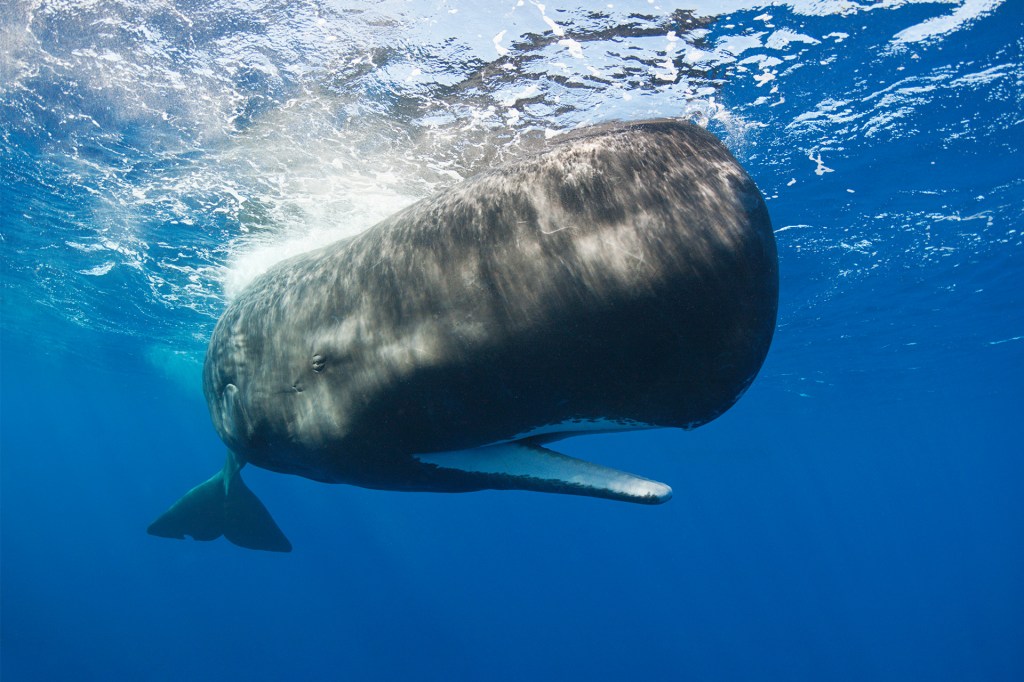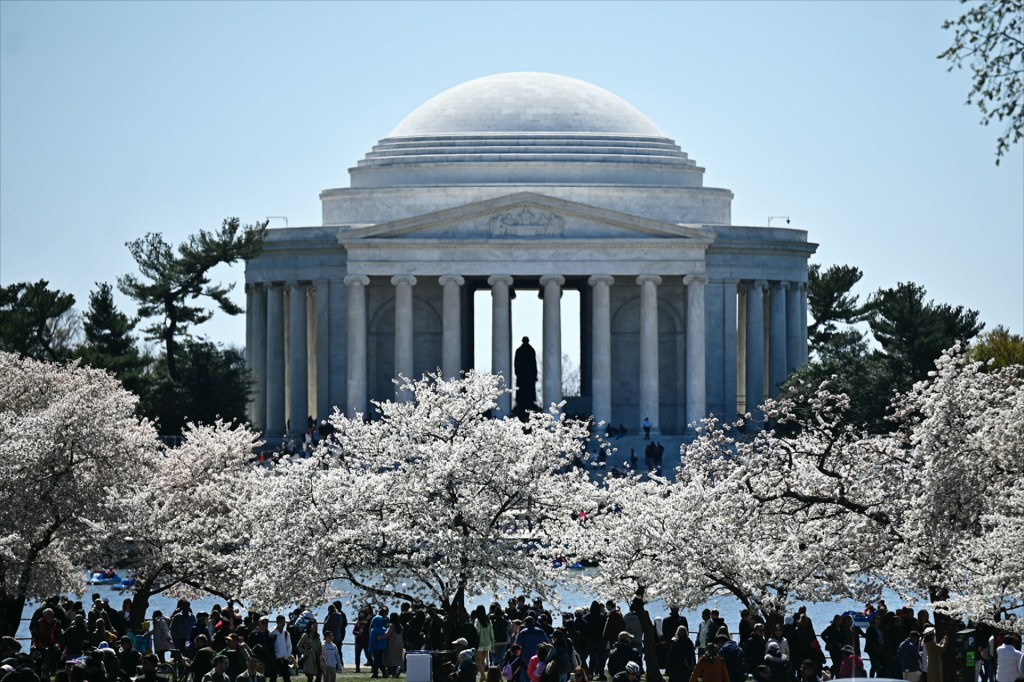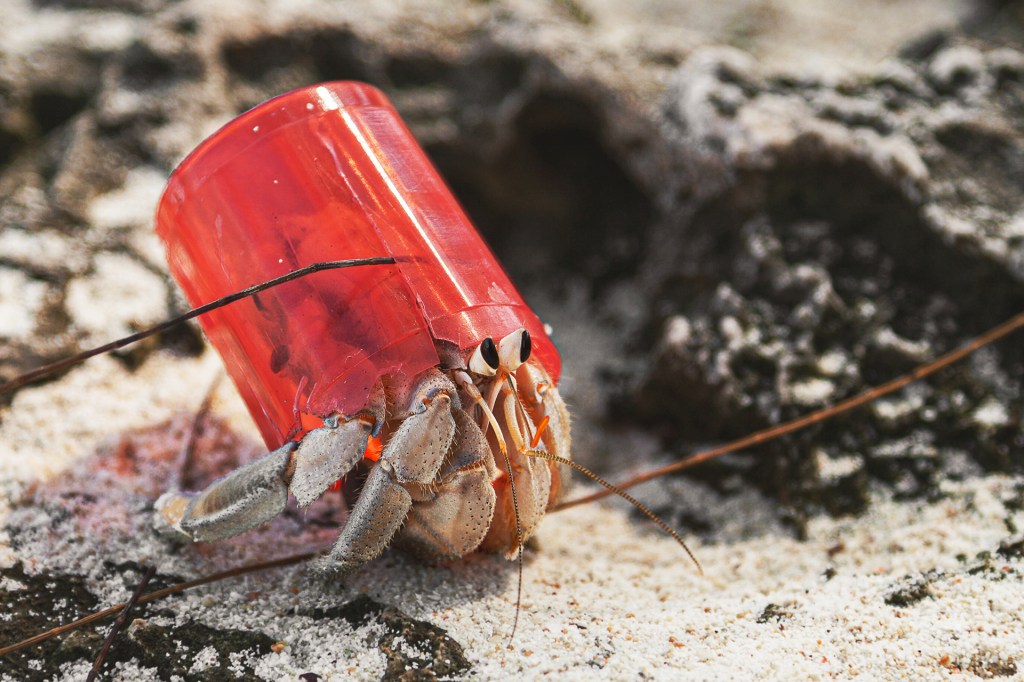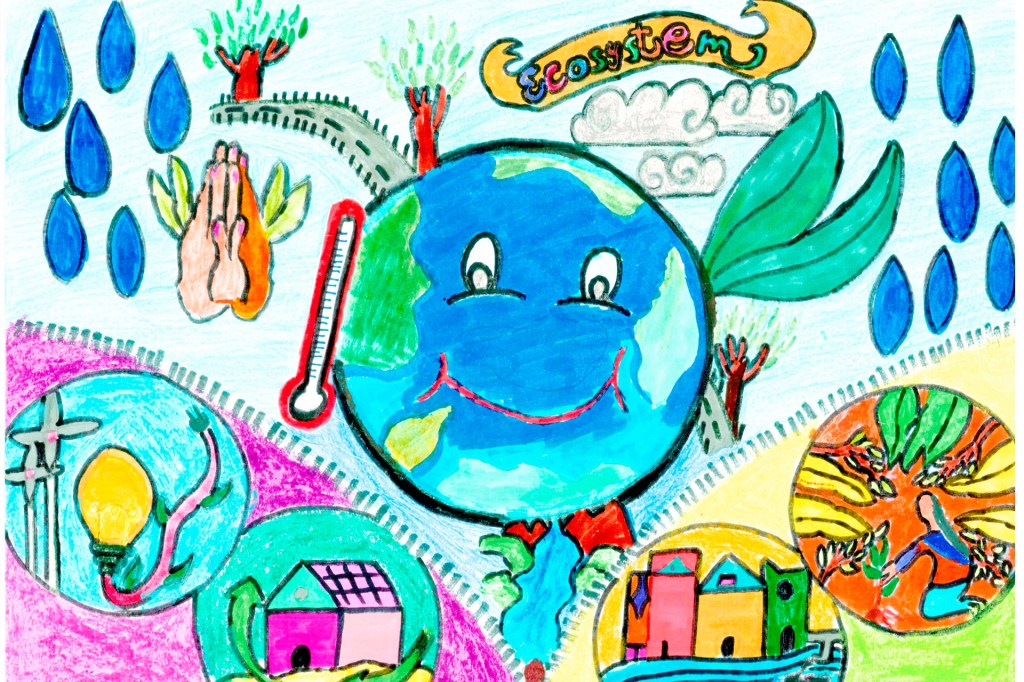Sweet Solutions
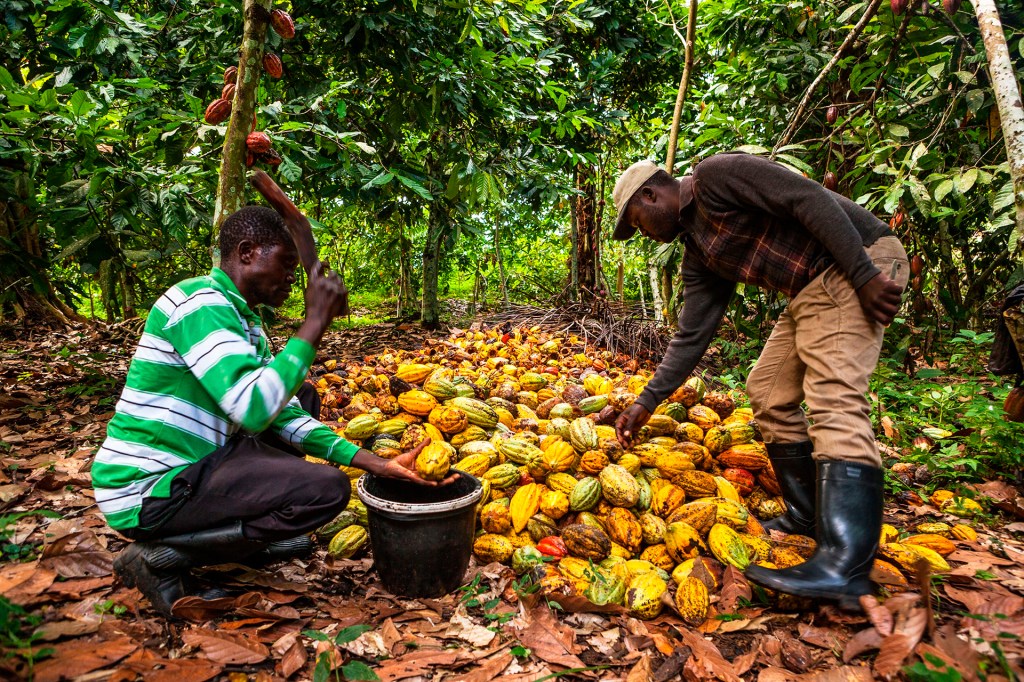
Last year, Americans spent more than $22 billion on chocolate. But the tasty treat comes at a far greater cost than this.
That’s because farmers often cut down trees in the rain forest when they need more land to plant cacao (kah-kow) trees. This contributes
contribute
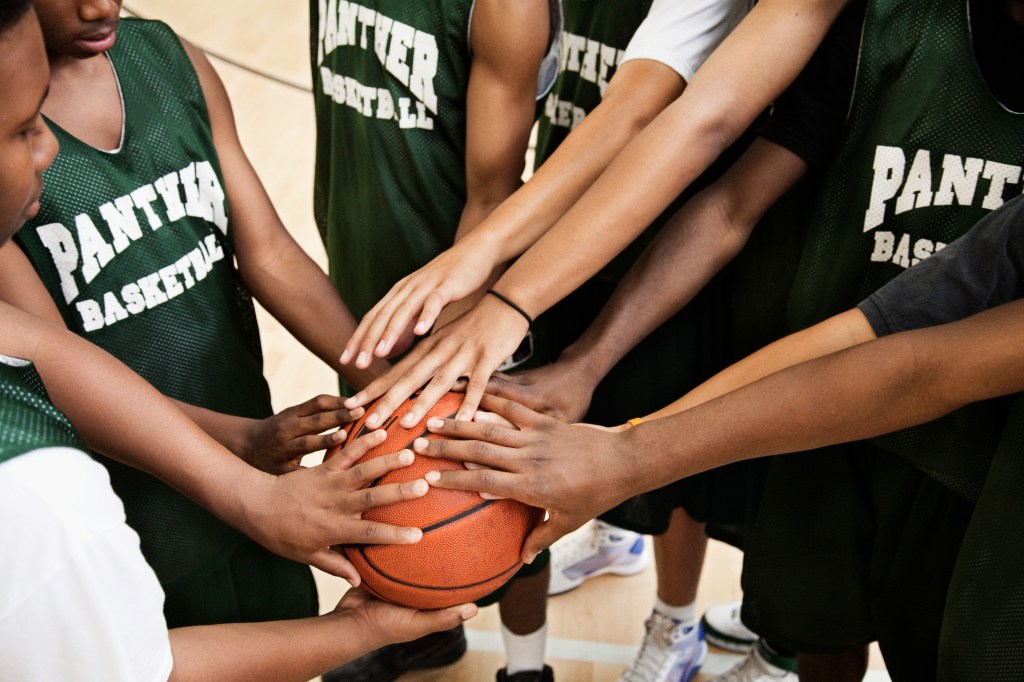 HILL STREET STUDIOS/GETTY IMAGES
to help cause something to happen; to take part
(verb)
If we're going to win this basketball game, every member of the team has to contribute.
to climate change, or the gradual warming of the planet. In turn, climate change hurts cacao crops. This puts chocolate at risk. But experts are developing solutions to ensure its future.
HILL STREET STUDIOS/GETTY IMAGES
to help cause something to happen; to take part
(verb)
If we're going to win this basketball game, every member of the team has to contribute.
to climate change, or the gradual warming of the planet. In turn, climate change hurts cacao crops. This puts chocolate at risk. But experts are developing solutions to ensure its future.
Trouble for Cocoa
Chocolate comes mainly from the Cocoa Belt, a narrow strip of land along the equator. It is also where much of the world’s tropical rain forest is located. In the Cocoa Belt, it is hot, humid, and rainy. Conditions are perfect for growing cacao.
But in recent years, climate change has affected the weather in the Cocoa Belt. As a result, cacao trees produce fewer pods. Each pod has fewer beans. The cocoa they make is of lower quality. You need more of it to make chocolate taste, well, chocolatey. Climate change has also led to the spread of disease and pests that harm trees.
In 2013, researchers studied the changing conditions in the Cocoa Belt. They said that by 2050, it will be harder to grow cacao in 90% of places where it is now planted.
But Christian Bunn, of the International Center for Tropical Agriculture, says chocolate won’t disappear anytime soon. Plans to protect it are already taking shape.
Saving Chocolate
One solution to the problem is cross-breeding. Scientists are combining two breeds of cacao trees to develop new trees that stand up to drought
drought
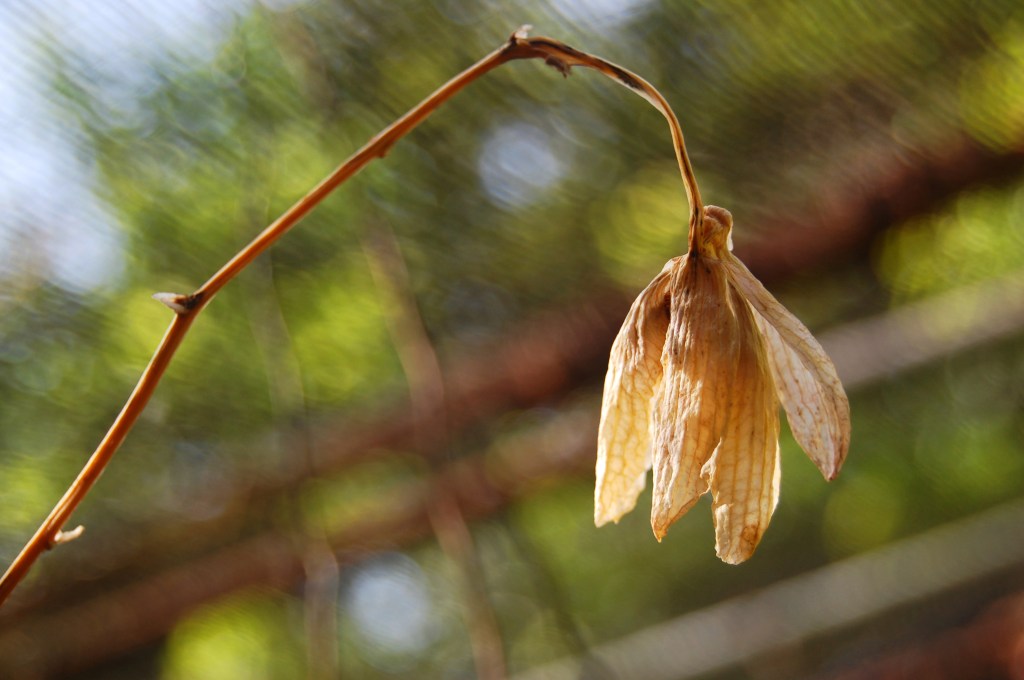 FONGFONG2/GETTY IMAGS
a long period of time when there is no rain
(noun)
During the drought, the flowers in our garden died.
and disease. Some even produce more cacao.
FONGFONG2/GETTY IMAGS
a long period of time when there is no rain
(noun)
During the drought, the flowers in our garden died.
and disease. Some even produce more cacao.
Weather stations will also help. Groups are building them in Africa. Around 70% of cacao is grown there. Information from the stations will help farmers know when to plant and fertilize trees. “Years back, farmers would follow farming rules that go with the seasons,” Bunn told TFK. “Those rules don’t always apply anymore.”
An app called CocoaLink also helps. Released in 2011 by the World Cocoa Foundation (WCF), it sends tips to farmers in Ghana.
These fixes could help farmers grow more cacao on less land. That could help end the push to clear rain forest. That’s good for chocolate, and a sweet deal for the planet. “Everything has an impact,” WCF’s Ethan Budiansky told TFK. “We have to be smarter about our food, going into the future.”
Making Candy
Where does chocolate come from? To answer that question, we'll walk you through the making of a candy bar.
But first, let’s talk about two words we’re using throughout this story: cocoa and cacao.
The powder used to make chocolate is called cocoa. The seed pods that are ground up to create that powder are called cacao. It’s also the word used for the trees that grow the pods. They’re called cacao trees.
Cacao is grown on trees. Cacao pods grow on a cacao tree, usually somewhere in the Cocoa Belt. When the pods are ripe, they’re picked by a farmer.
ISA FOLTIN—GETTY IMAGES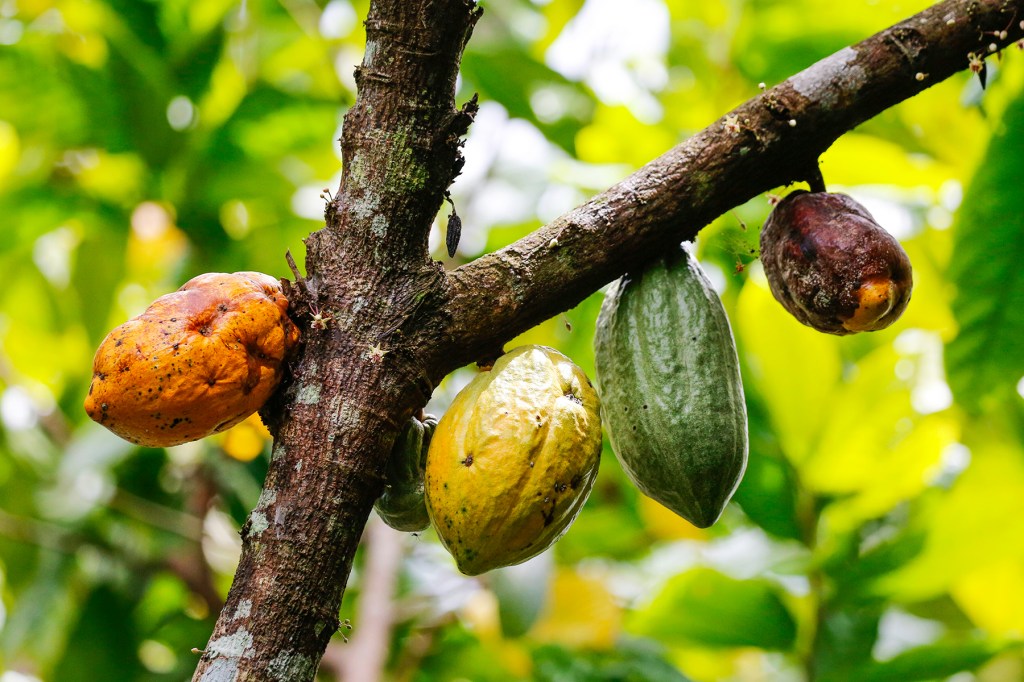
The beans are separated from the pods. Most cacao is farmed by small producers in remote remote
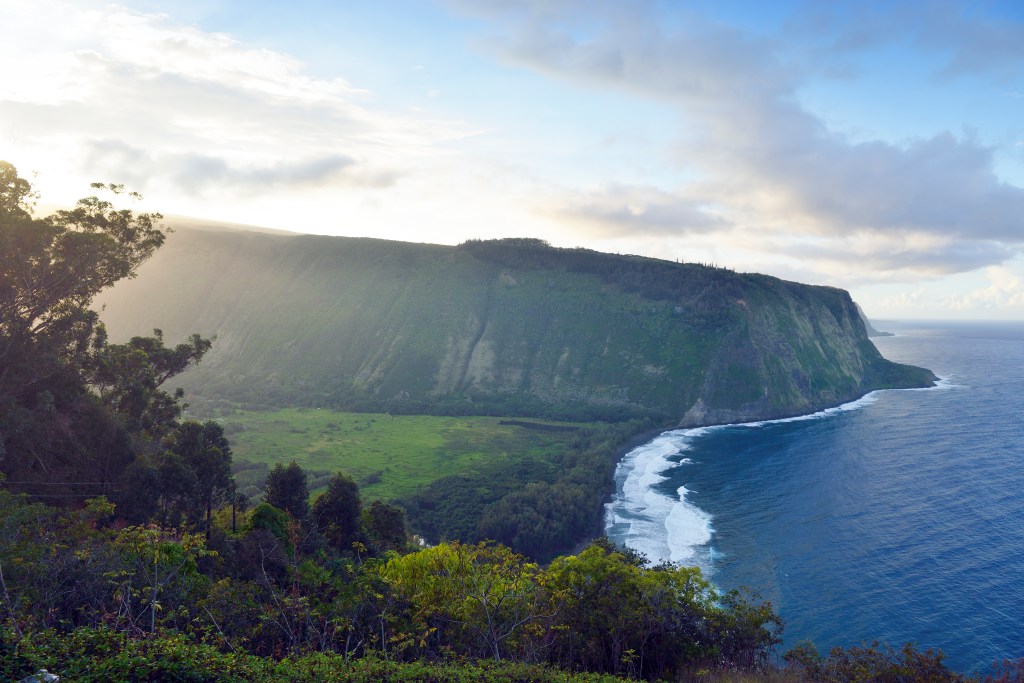 WESTEND61/GETTY IMAGES
far away
(adjective)
Hawaii is a group of remote islands in the Pacific Ocean.
parts of the world. Machines can damage cacao trees. Most of the work is done by hand.
ALFREDO SOSA—THE CHRISTIAN SCIENCE MONITOR/GETTY IMAGES
WESTEND61/GETTY IMAGES
far away
(adjective)
Hawaii is a group of remote islands in the Pacific Ocean.
parts of the world. Machines can damage cacao trees. Most of the work is done by hand.
ALFREDO SOSA—THE CHRISTIAN SCIENCE MONITOR/GETTY IMAGES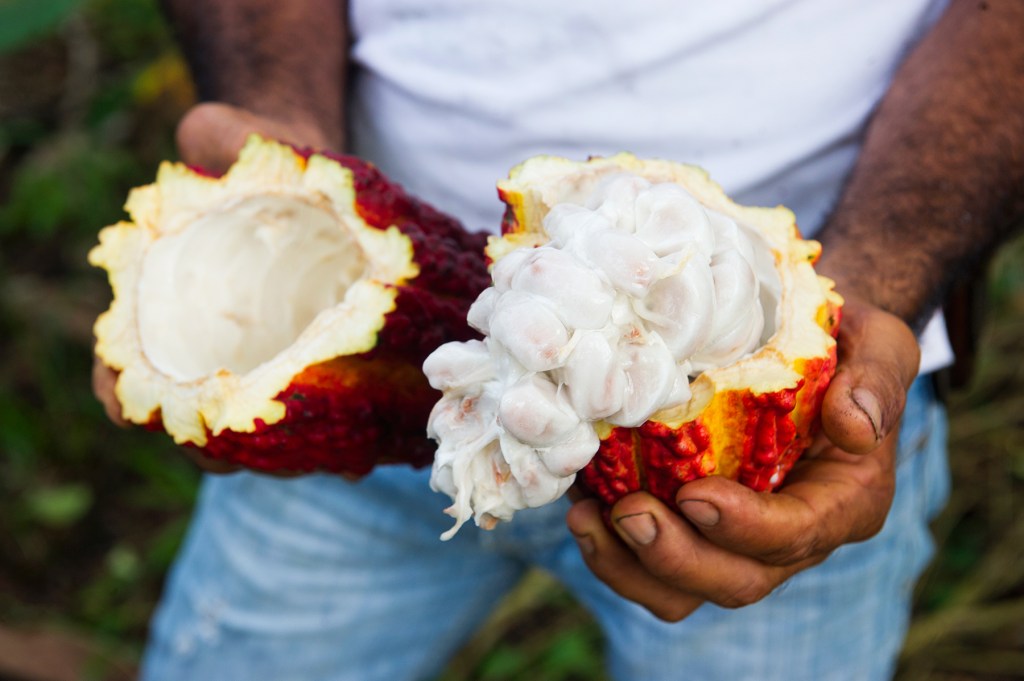
The beans are fermented. Now the beans undergo a chemical process called fermentation fermentation
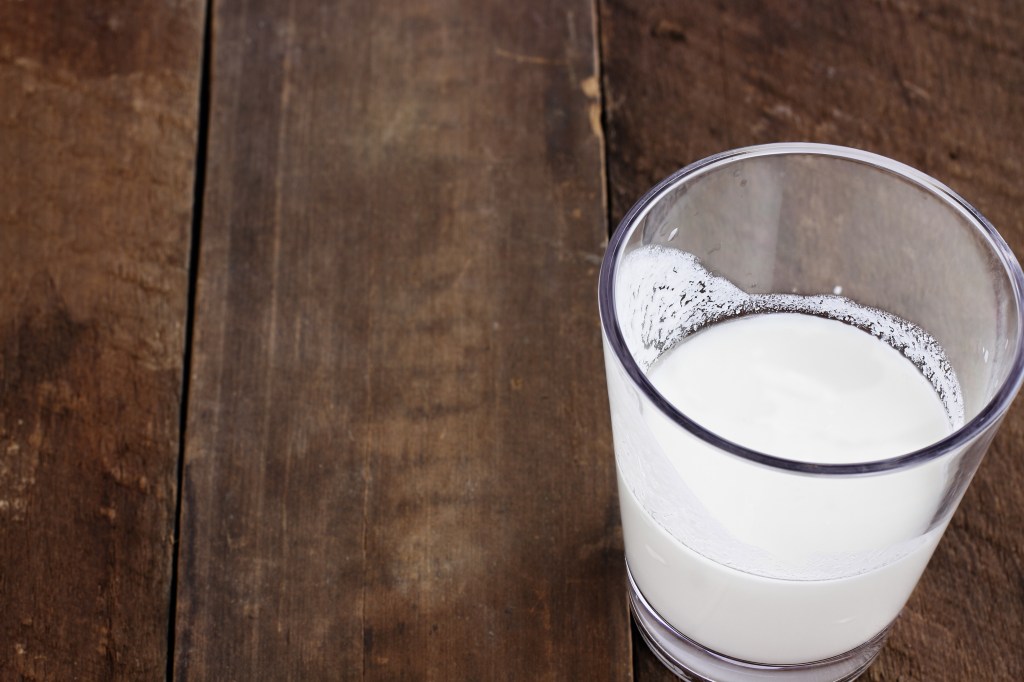 STEPHANIEFREY/GETTY IMAGES
a type of chemical breakdown
(noun)
After fermentation, milk becomes sour.
. This brings out their chocolatey flavor.
UTE GRABOWSKY—GETTY IMAGES
STEPHANIEFREY/GETTY IMAGES
a type of chemical breakdown
(noun)
After fermentation, milk becomes sour.
. This brings out their chocolatey flavor.
UTE GRABOWSKY—GETTY IMAGES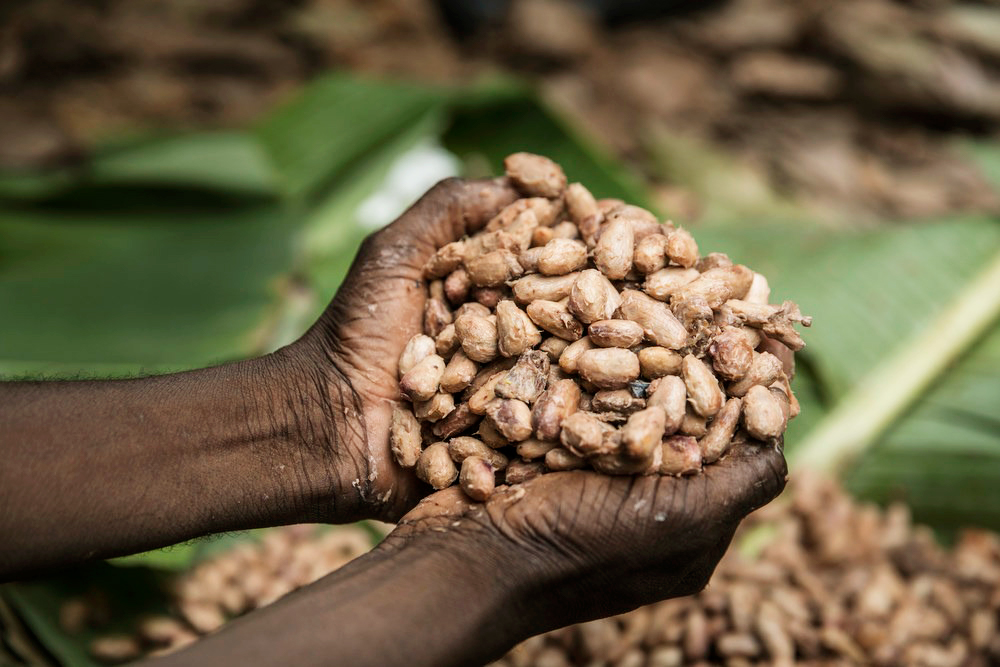
The beans are dried. Often, farmers simply spread the beans on large trays. They dry in the sun. Once dry, the beans are packed into bags and shipped to chocolate manufacturers.
JUANCHO TORRES—ANADOLU AGENCY/GETTY IMAGES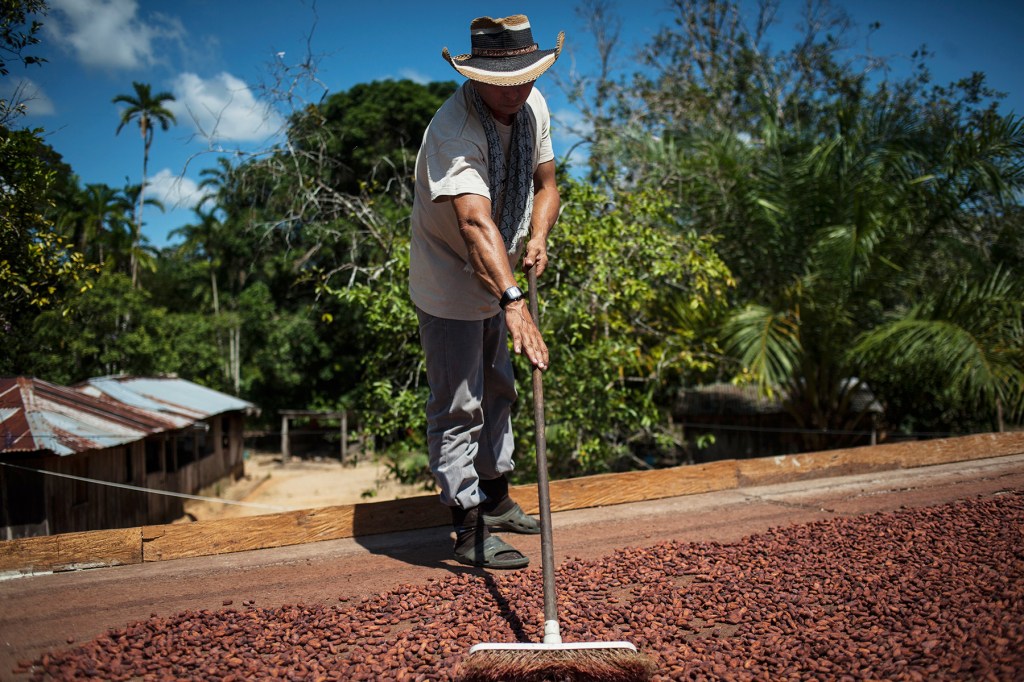
Chocolate is made. In manufacturing facilities, cocoa beans are roasted, heated, melted, and blended with sugar and milk. This takes away their naturally bitter flavor. Then the liquid chocolate is poured into molds and prepared for sale.
OMAR TORRES—GETTY IMAGES
Enjoy! This is the moment you’ve been waiting for. Take a bite!
BARCROFT/GETTY IMAGES